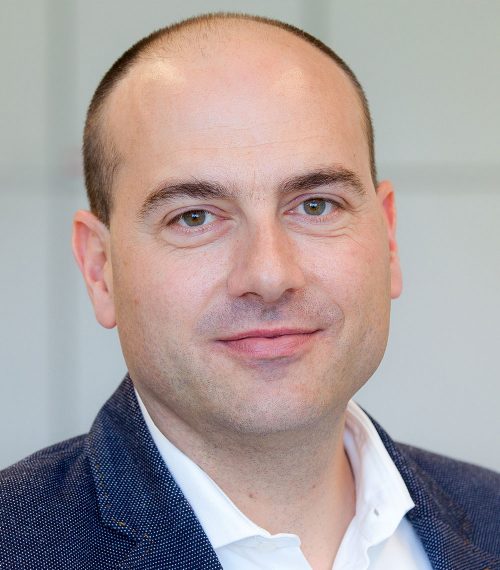
Research Details
-
Project Leaders
Prof. Dr. Dr. Thomas Thum
Institute of Molecular and Translational Therapeutic Strategies
Hannover Medical School (MHH)
thum.thomas@mh-hannover.de
Prof. Dr. Christian Bär
Institute of Molecular and Translational Therapeutic Strategies
Hannover Medical School (MHH)
baer.christian@mh-hannover.de -
Research Staff
Sarah Cushman (PhD Student)
cushman.sarah@mh-hannover.de
Sedef Ersoy (PhD student)
ersoy.sedef@mh-hannover.de
Alina Umlauf (PhD student)
Umlauf.Alina@mh-hannover.de
Circular RNAs (circRNA) have emerged as crucial regulators of gene and protein regulation. We have previously generated circRNA atlases of developing and diseased hearts, and identified circINSR as a critical regulator and therapeutic target in doxorubicin-induced cardiotoxicity. We now aim to gain a deeper understanding of the molecular cardioprotective mechanism of circINSR by investigating its upstream transcriptional regulator, BRCA1, and its downstream mitochondrial mediator, SSBP1. In vitro transcribed and circularized circINSR, which we found to provide protection in human cardiomyocytes in vitro, will be tested as a non-viral alternative to AAV-mediated therapy in a mouse model of doxorubicin-induced cardiotoxicity. In addition to circINSR, we will identify novel ischaemia and cardiac regeneration-related circRNAs in a functional screening approach utilizing the RfxCas13d system in combination with our 2.5k custom sgRNA library. Particularly, in combination with our novel cyclinB1-based proliferation reporter hiPSC cell line, we aim to identify circRNA candidates functionally involved in cardiomyocyte proliferation. Tangible candidates will be investigated in the context of cardiac regeneration in the neonatal myocardial infarction mouse model. This will be assayed alongside circREGEN, a circRNA which we have already identified to be regulated in the postnatal heart, and whose specific inhibition impedes proliferation of primary cardiomyocytes in vitro. In summary, this project will characterize in depth our previously identified circRNA with therapeutic potential to prevent cardiac damage and to induce cardiomyocyte proliferation. In addition, our state-of-theart screening approach will yield novel promising circRNA candidates with translational prospects that could be further developed in a third funding period.






